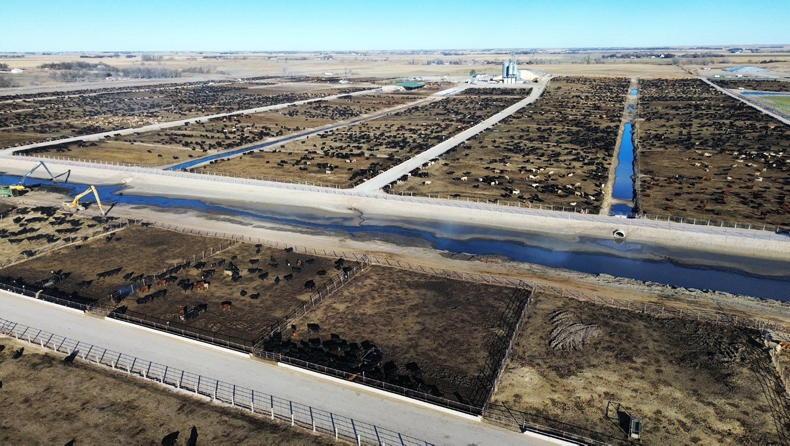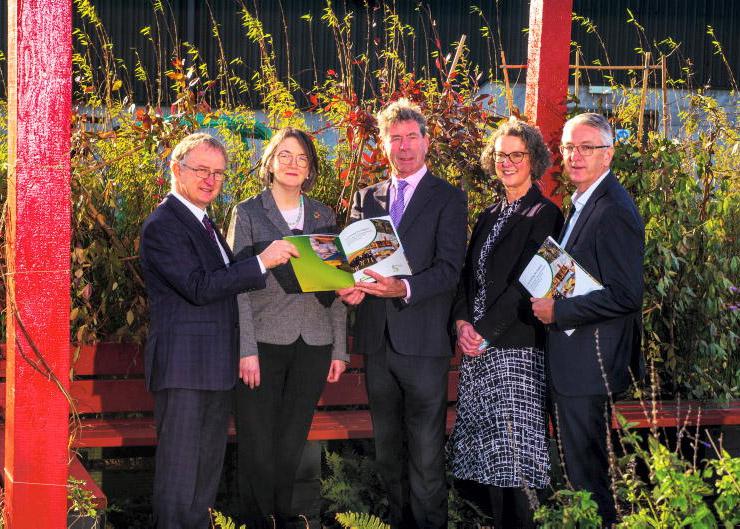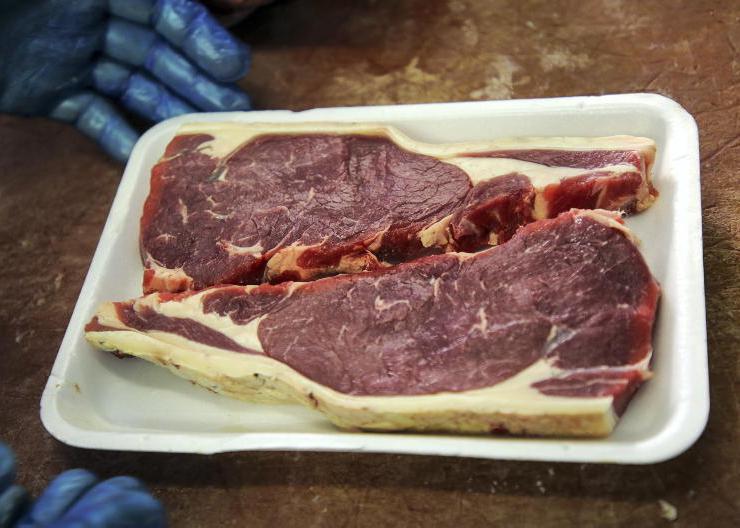Tillage incomes could decline by 50% in 2023, but farmers should keep in my mind that this is back from a record income of €76,000 in 2023.
Teagasc released its outlook report for the different sectors last week, in which it forecast the income of specialist tillage farms at an estimated €37,000 for 2023.
The decline in income is due to a number of factors, including the lower output prices expected for cereals, lower production, along with high costs of production.
Production costs for tillage
The total production costs on tillage farms in 2023 are expected to decline by 10% since 2022. Fuel and fertiliser prices are down, but seed and plant protection product prices are high.
However, the decline in output value is the main factor hitting income with less product and a lower price for that product.
Speaking to the Irish Farmers Journal on the Tillage Podcast, Fiona Thorne, an economist and research officer at Teagasc, stated: “What’s happened last year, relative to this year on yields and cereal prices, is what’s making that big shift from the record level incomes of €76,000 on specialist tillage farms in 2022 back down to mid/late thirty thousand figures, which really brings us back in line to other years.
“That’s not to say that that €37,000 will be replicated on every farm in the country, because we all know those farms that have a high reliance on spring barley, in particular.
“As you drive around the country and as those combines are rolling, some of those yields are going to be a lot lower than what we had in 2022.”
Yields
Fiona explained that the drop in income is due to lower yields, lower forecast yields and a drop in grain prices. She explained that gross output is down by about 30%.
Yields are forecast to be back to the five-year average and futures prices are down 20% to 30%. Market-based returns are down about 30% across the board, she said.
However, she noted that some key input items, such as fuel and fertiliser, have declined in price. She said the decline in fertiliser prices is making its way through to farm level, but she also noted that crop protection costs, labour and depreciation are all up.
This means that overall total costs of production are only down by about 10%.
Speaking on land rental costs, Fiona said it is very hard to get a good handle on overhead costs at this time of the year, and data collected in December will give good detail on this.
However, Fiona did comment that tillage farmers are losing out in the land rental market to dairy farmers as price increases.
“Overall, we’re estimating single-digit increases on the average conacre prices within the farm accounts for specialist tillage farms,” Fiona commented.
Fiona also said that it is important to note that within the average 70ha specialist tillage farms in the survey, there is most likely another enterprise on the farm, such as beef finishers or sheep. This can impact the overall income level.
To hear more from Fiona Thorne, check out the Irish Farmers Journal’s Tillage Podcast this week.










SHARING OPTIONS